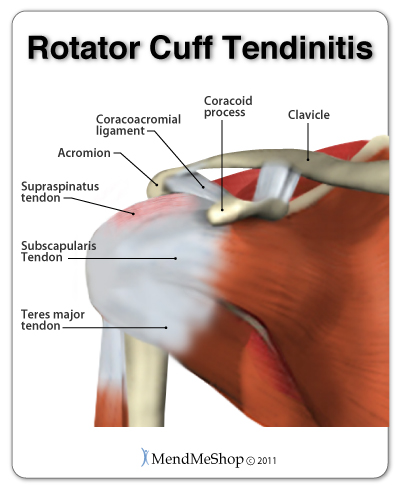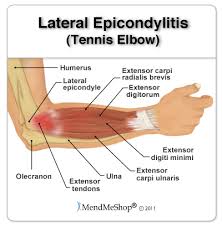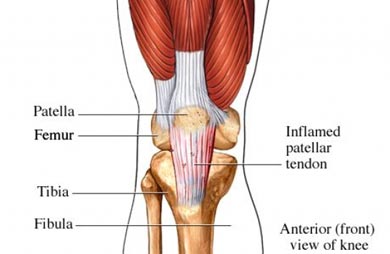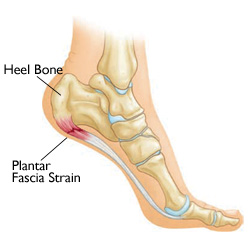Written by Rachel on July 31, 2013 |

I would like to go out on a limb here (no pun intended) and say that the shoulder is the doozie of all tendonitis’. This would be my professional opinion as it is one of the most common impairments I come across on a daily basis. There are many different stages of irritation to the shoulder, that categorize as “non traumatic” (this means no specific mechanism of injury, fall, car accident or specific date of injury) I will further discuss how it starts, how it changes, worsens and can become one of the most dreaded injuries to the body….the rotator cuff tear. So, being this one of my favorite problems to treat, here goes the most simplistic explanation of how it starts, how it worsens and WHY it is so important to treat EARLY on.
Continue Reading »
Written by Rachel on July 24, 2013 |

By definition, lateral epicondylitis (aka tennis elbow) is trauma affecting the origin of the tendons of the muscles that extend the wrist. This pathology results from many different causes. The most common are: mechanical problems, anatomical factors and lifestyle/work related tasks and or sport specific factors. Diagnosis of this common syndrome is somewhat straightforward.
Continue Reading »
Written by Rachel on July 17, 2013 |

Let’s first get acquainted with the anatomy of the knee. The knee joint is made up of 3 bones essentially. The shin (tibia), the thigh (femur) and the knee cap (patella). The patella is considered a “floating” bone. It interacts with the femur and tibia via quad tendon and connective tissue. Patellar tendonitis specifically is the pain that
Continue Reading »
Written by Rachel on July 10, 2013 |

This series of articles will be focusing on the major “itis’” of the body. Over the next few weeks get excited to learn about the pathology, diagnoses and treatment of the major inflammatory conditions of the musculotendinous tissue throughout our body. “itis” translates medically as an inflammatory condition. These conditions are generally caused by chronic repetitive overuse of a structure over a particular time. Acute injuries are not to be ruled out to be causative factors. It is possible to have an acute injury that is hidden “occult” that can turn into a chronic problem over the course of several weeks or months.
Continue Reading »
Written by Chelsea on July 3, 2013 |

Knee pain is one of the most common complaints seen in active individuals’ at all different levels. There are numerous knee-related injuries that can occur directly to specific structures, like ligaments or tendons, in the knee. But what many people are unaware of are the effects of the hip musculature, specifically the glutes (glut max, glut med, glut min), on forces occurring at the knee.
Continue Reading »





